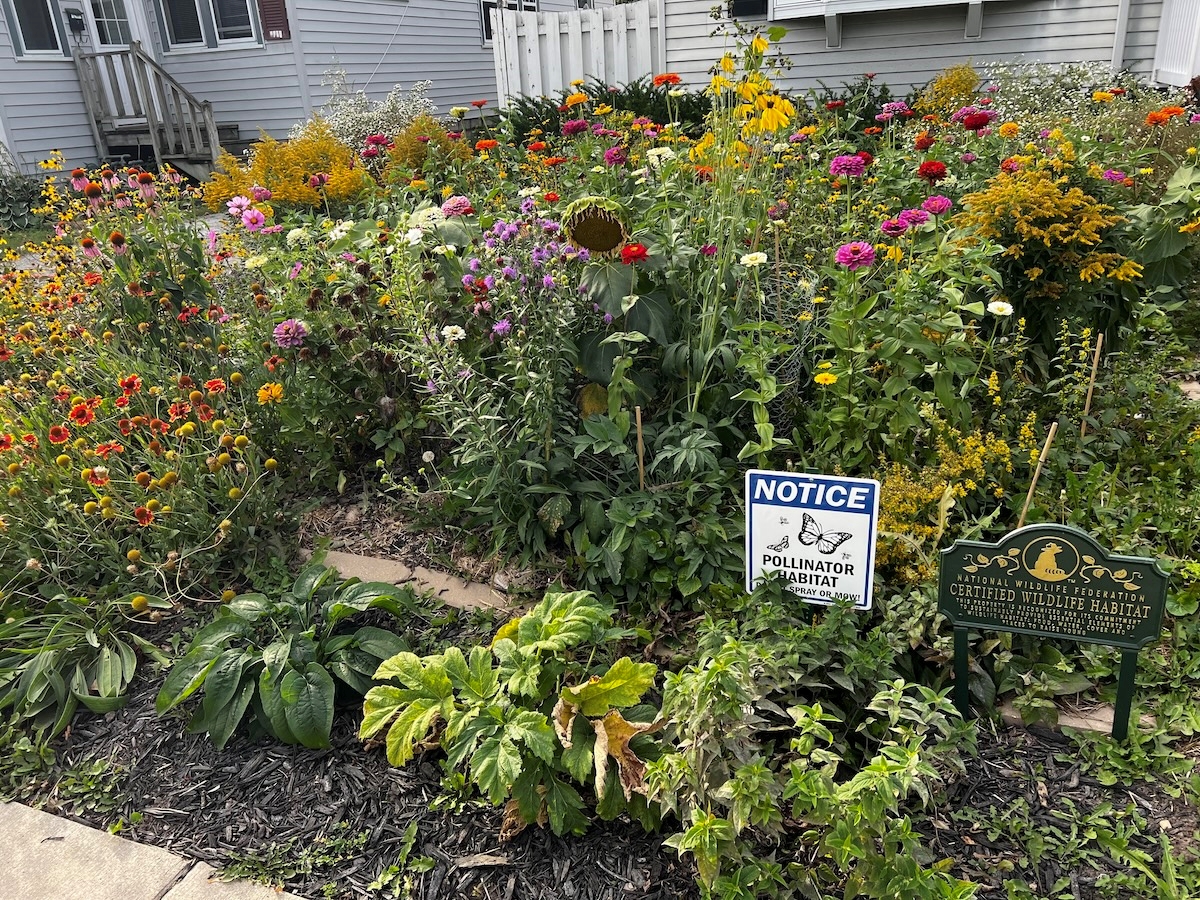

We may earn revenue from the products available on this page and participate in affiliate programs. Learn More ›
Once a symbol of status and wealth, traditional turf lawns are being replaced by some homeowners seeking increased biodiversity and decreased maintenance. Reducing greenhouse gas emissions by eliminating the need to mow, slashing water usage, and cutting out herbicide, pesticide, and fertilizer use are a few of the benefits of eschewing turfgrass lawns.
Some alternative lawns, such as clover, even provide added benefits, like soil improvement by adding nitrogen. Others, such as thyme, attract pollinators to their aromatic lavender blossoms. Today, xeriscaping, rewilding, or planting a native lawn instead of turf symbolize eco-friendly homeowners eager to support the local flora and fauna.
A Violet Lawn in North Alabama
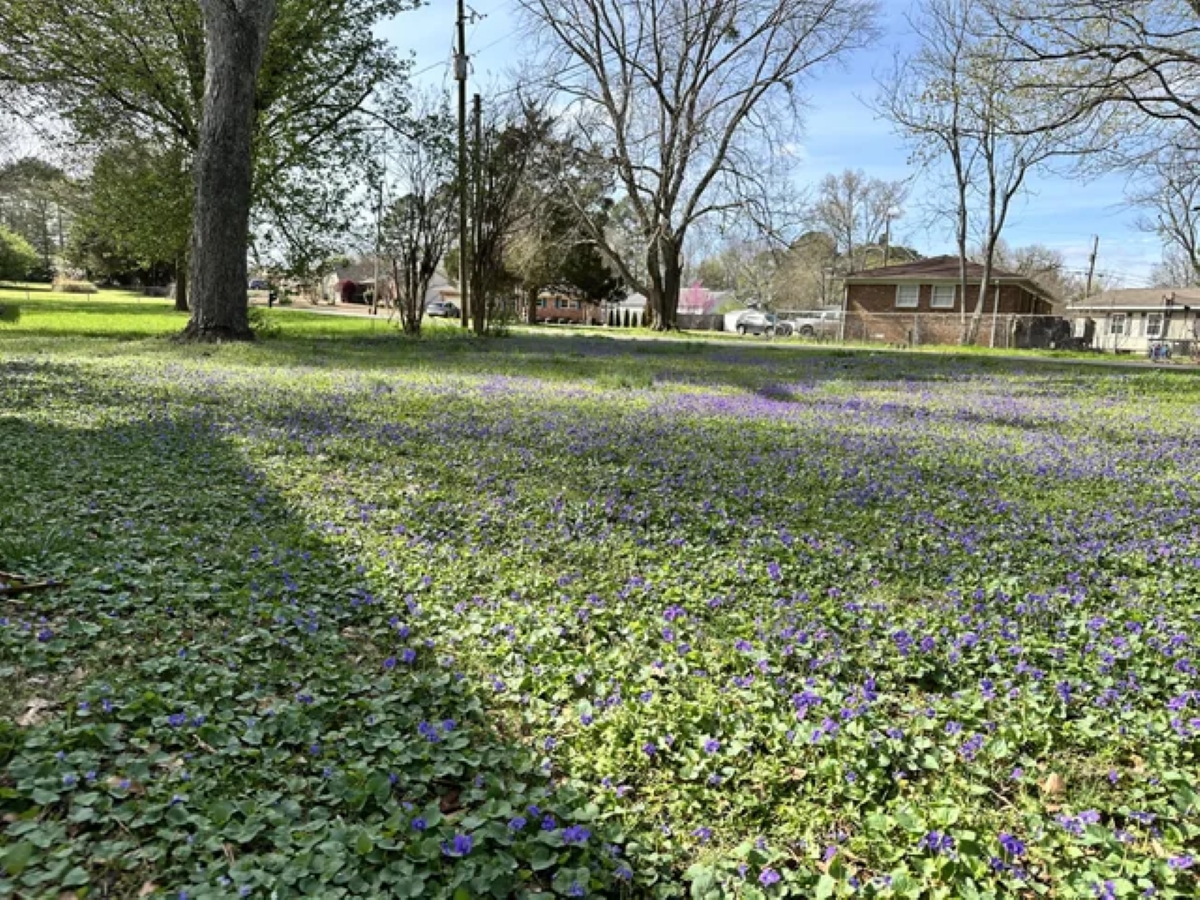
Jason and Lydia Gray eliminated nearly all lawn care duties and associated costs when they let wild violets, (Viola sororia), take over their North Alabama lawn. The couple spent a few backbreaking years transplanting tubers to speed the natural spread of groundcover from the small creek and dense pine woods at the edge of their property, but once the violets were established, Lydia says, “The great thing about doing a native flora groundcover is the low- to no-maintenance; I don’t have to do anything to keep the violets alive.”
The Grays don’t water the violet lawn. An occasional mow in the summer is all that’s required. “It’s way easier, because you aren’t fighting against anything growing,” Jason says. He recommends choosing natives for the ultimate low-maintenance lawn. “The idea is low maintenance, so don’t pick something you have to work at tending. Pick something native, not something that just looks pretty on the internet. You want to be able to get it established and forget it. Violets work for us where we live.”
Instead of mowing every week, the Grays now have time to watch birds and bunnies foraging on their USDA Zone 7b lawn. “We may never go back to regular lawns again.”
Colorful, Native Lawn in St. Louis
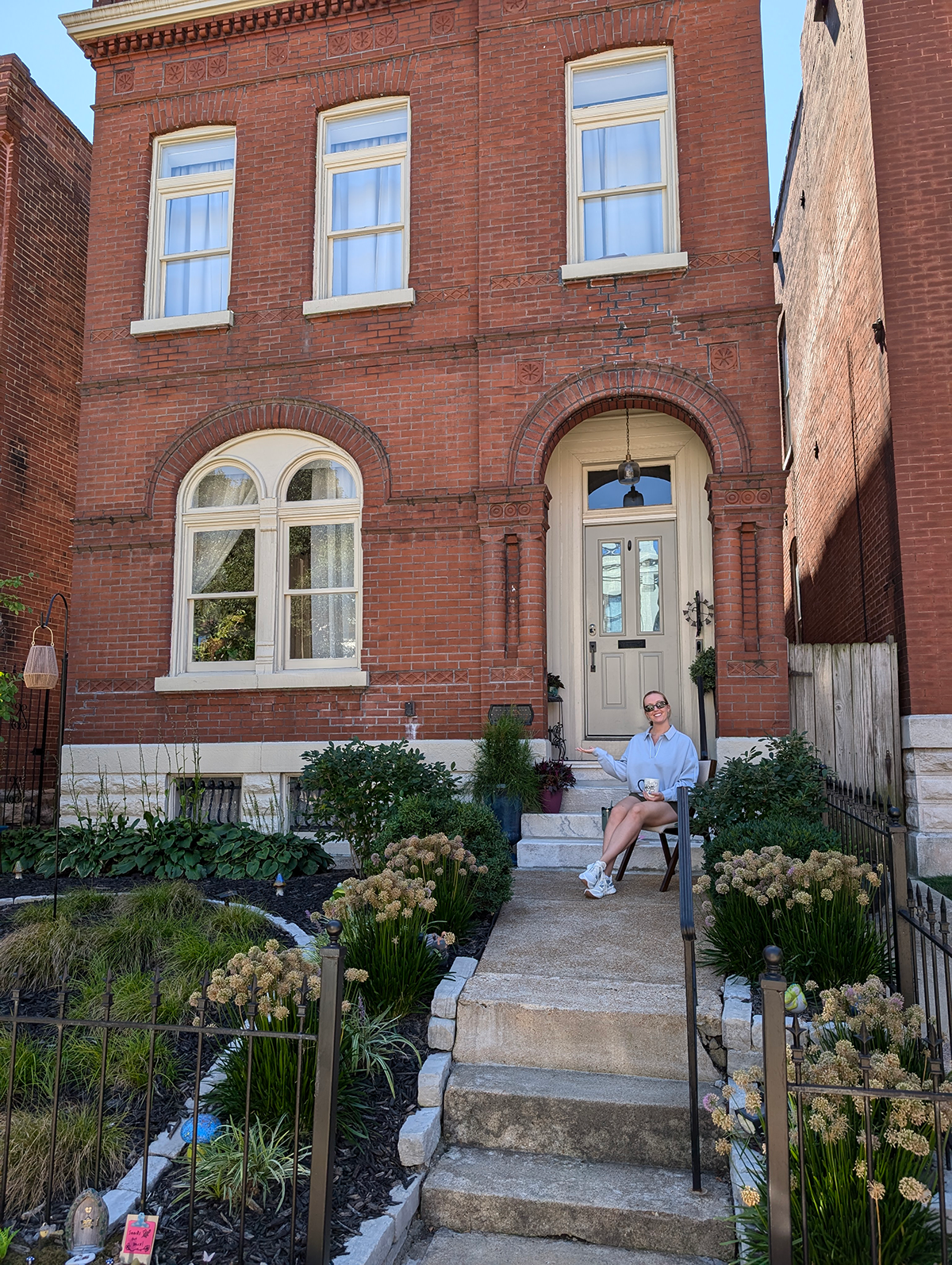
Emily M. chose pollinator-friendly, native plants for her conversion to a low-maintenance lawn that adds color and interest to the four seasons her Zone 6b yard experiences. Plants include hostas, allium, a serviceberry tree, and winterberry shrubs. Adding mulch in the spring freshens up the look and minimizes the amount of weeding needed.
She advises that those opting to replace a turfgrass lawn have fun with it and take risks. “Think about year-round interest. Use shrubs that will give fall color and spring flowers. Don’t be afraid to mix all types of flowering plants. Get some white, pink, purple, blue, red—whatever you want! There really are no rules.”
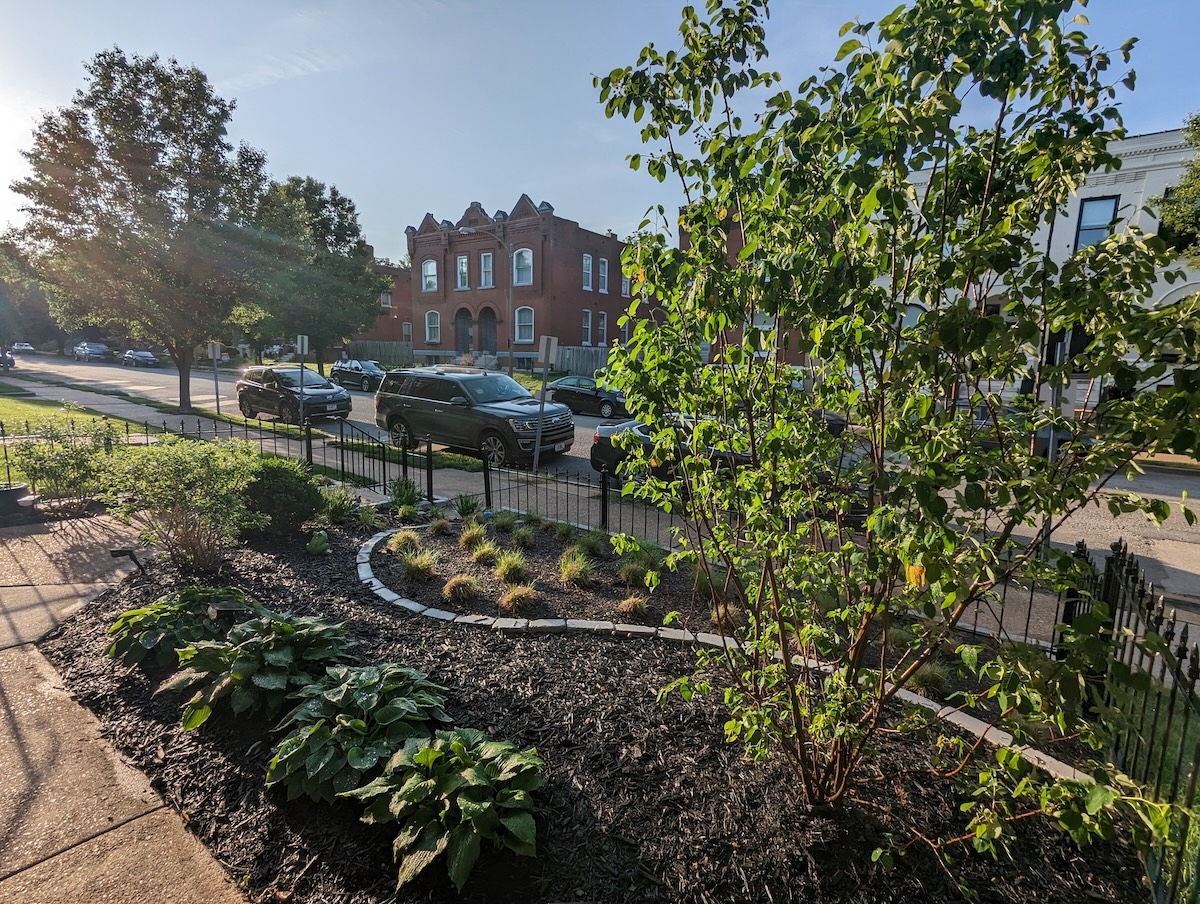
Emily also suggests considering the height of new plantings as well as sight lines from the street for curb appeal, as well as how the plants look from inside your home. “You’re the one that’s going to be looking at it every day,” she says.
Delighted with her alternative lawn, she says, “Without contest, our current regimen is not only easier, it’s pesticide-free, it’s colorful, interesting, vibrant, and it brings joy to us and our neighbors.”
A Wisconsin Pollinator Garden
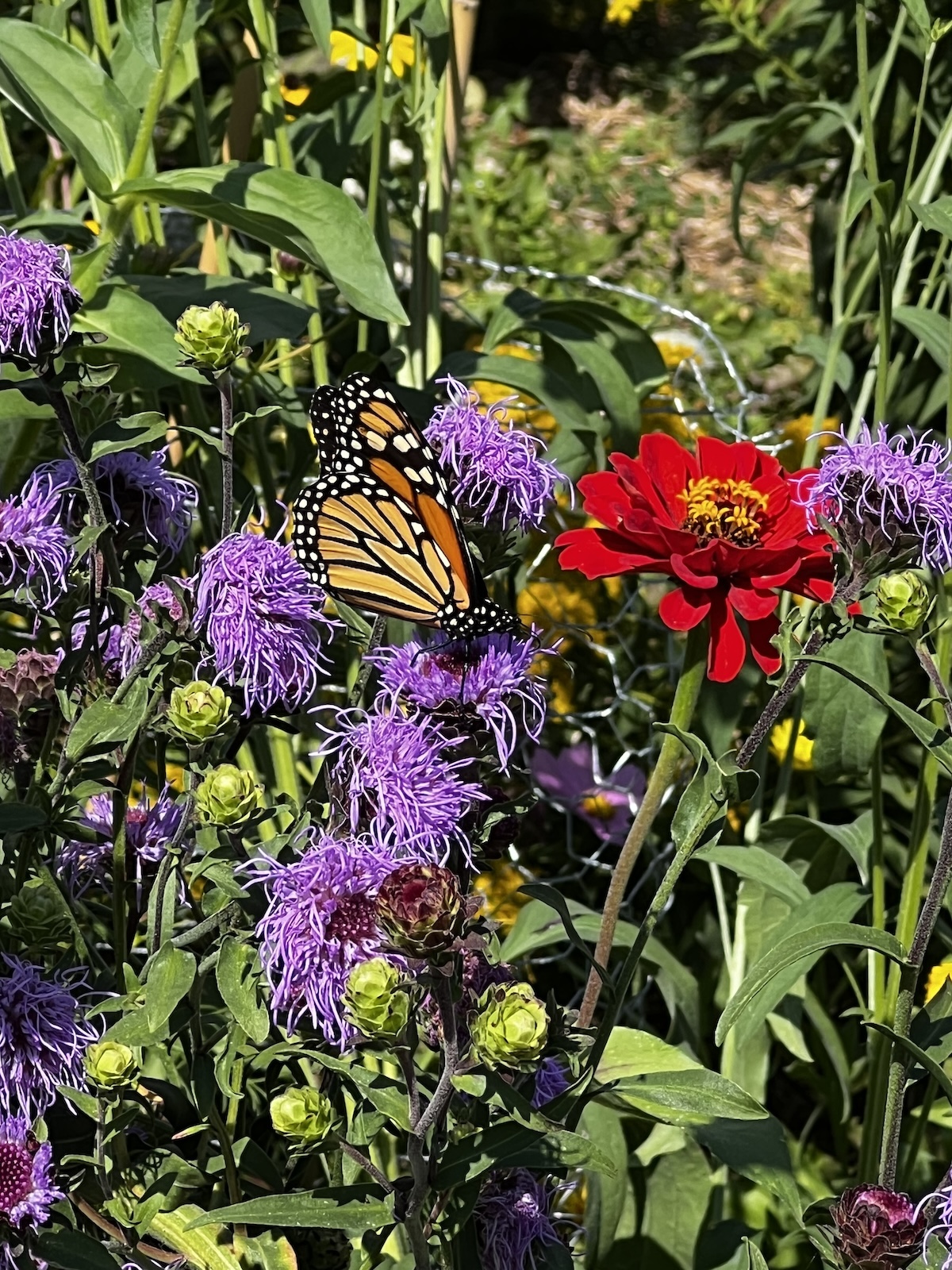
Chris Menning wanted to help bees in his Wisconsin garden—“not just honey bees, but native bees, butterflies, moths, birds, rabbits, and all the other life that has taken up home in my yard.”
In creating a pollinator garden, he selected native plants adapted to Zone 5b that don’t require “special treatment,” stating, “I do not plan to deadhead most of the flowers in the fall. I want to allow birds and other animals to benefit from the seeds and stalks, whether as food or habitat.”
Wildflowers native to the Green Bay area that Menning selected include: purple coneflower, yellow coneflower, black-eyed Susans, early sunflower, bee balm, goldenrod, blanket flower, blazing star, spiderwort, prairie milkweed, anise hyssop, asters, and penstemon. For groundcover, he used grasses, rattlesnake master, pearly everlasting, prairie smoke, yarrow, and prairie dropseed.
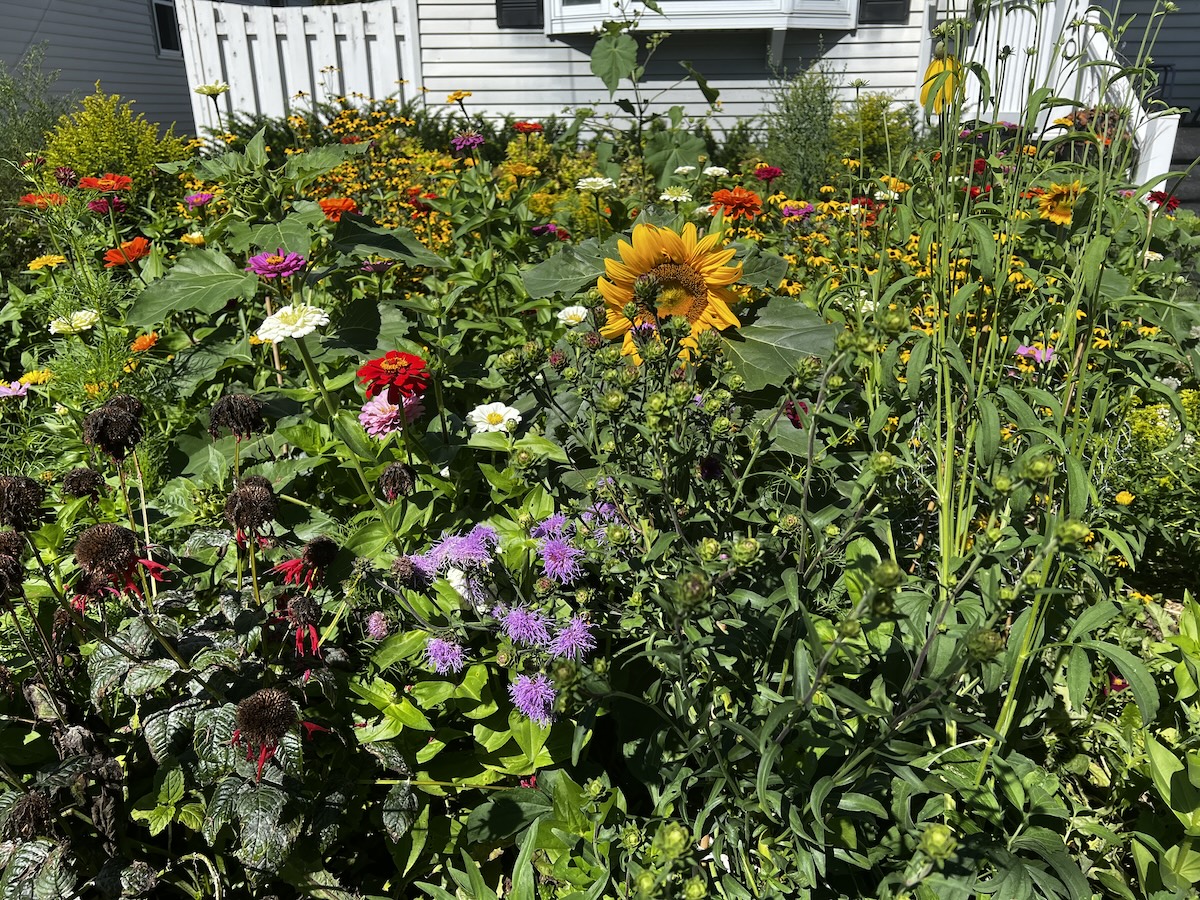
As his garden progressed, he allowed non-native, volunteer zinnias and sunflowers to remain because “the monarchs absolutely love them, and they’re not on the DNR’s list of invasive species, so I’m compromising a bit on my desire to stick with native plants.”
Always check local ordinances and HOA rules. Green Bay has a Planned Natural Landscape ordinance that allows homeowners to let plants grow much taller than some cities with “tall weed” ordinances, but homeowners must register and provide a detailed drawing of garden plans, with a list of proposed plants. There are some municipalities that even pay homeowners to replace turfgrass.
While he was getting his pollinator garden started, Menning says some neighbors complained about the “weeds,” but now many take photos of his flowers and praise the garden.
